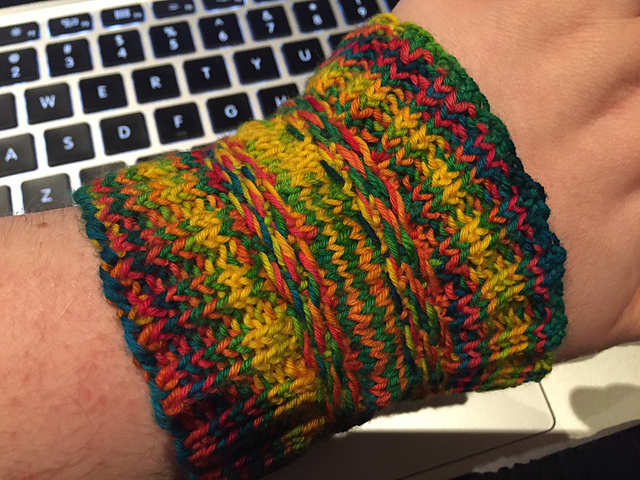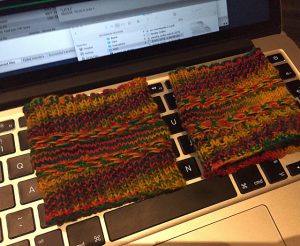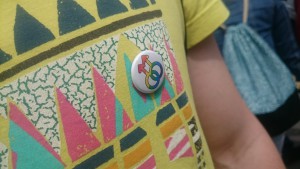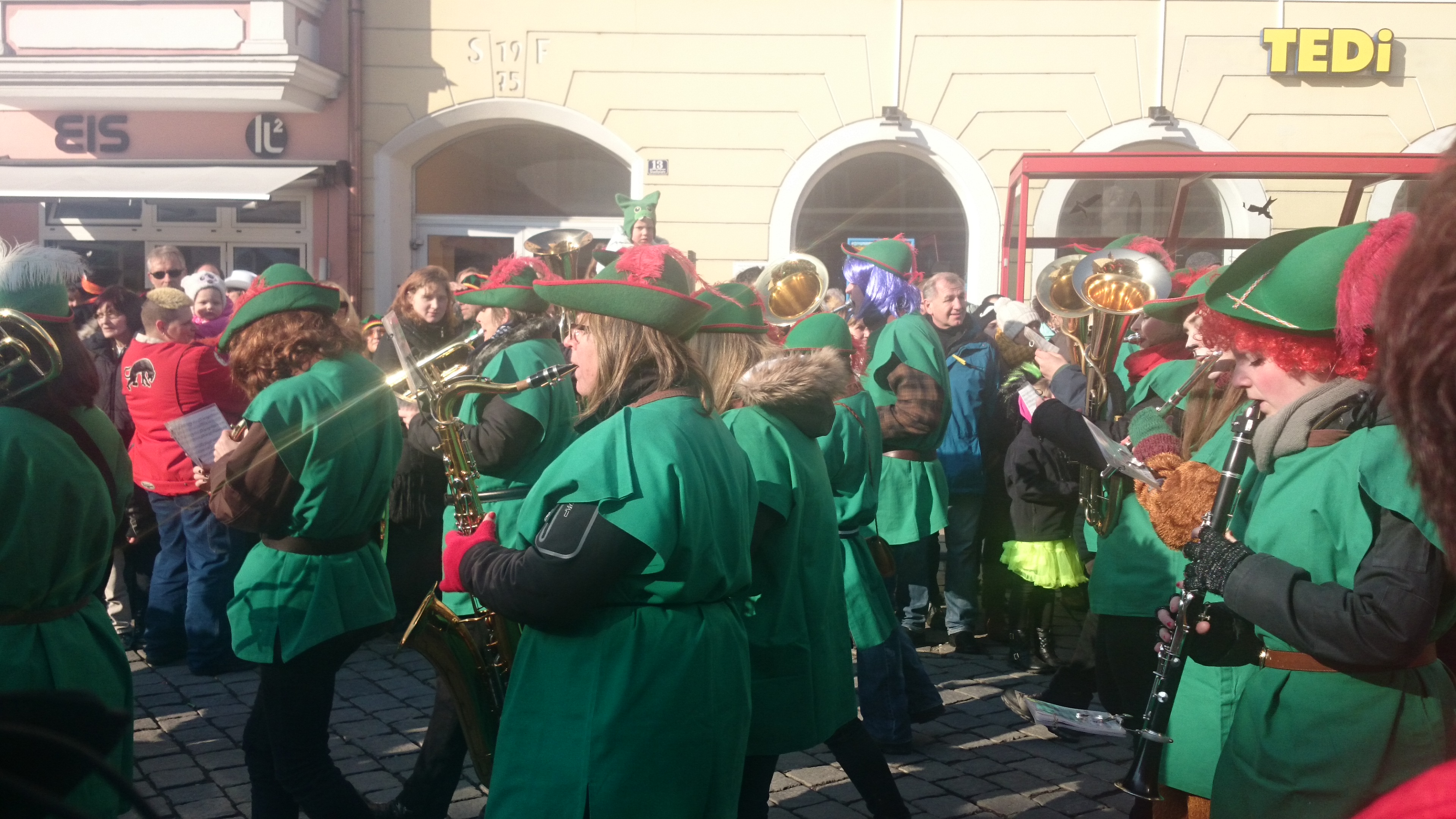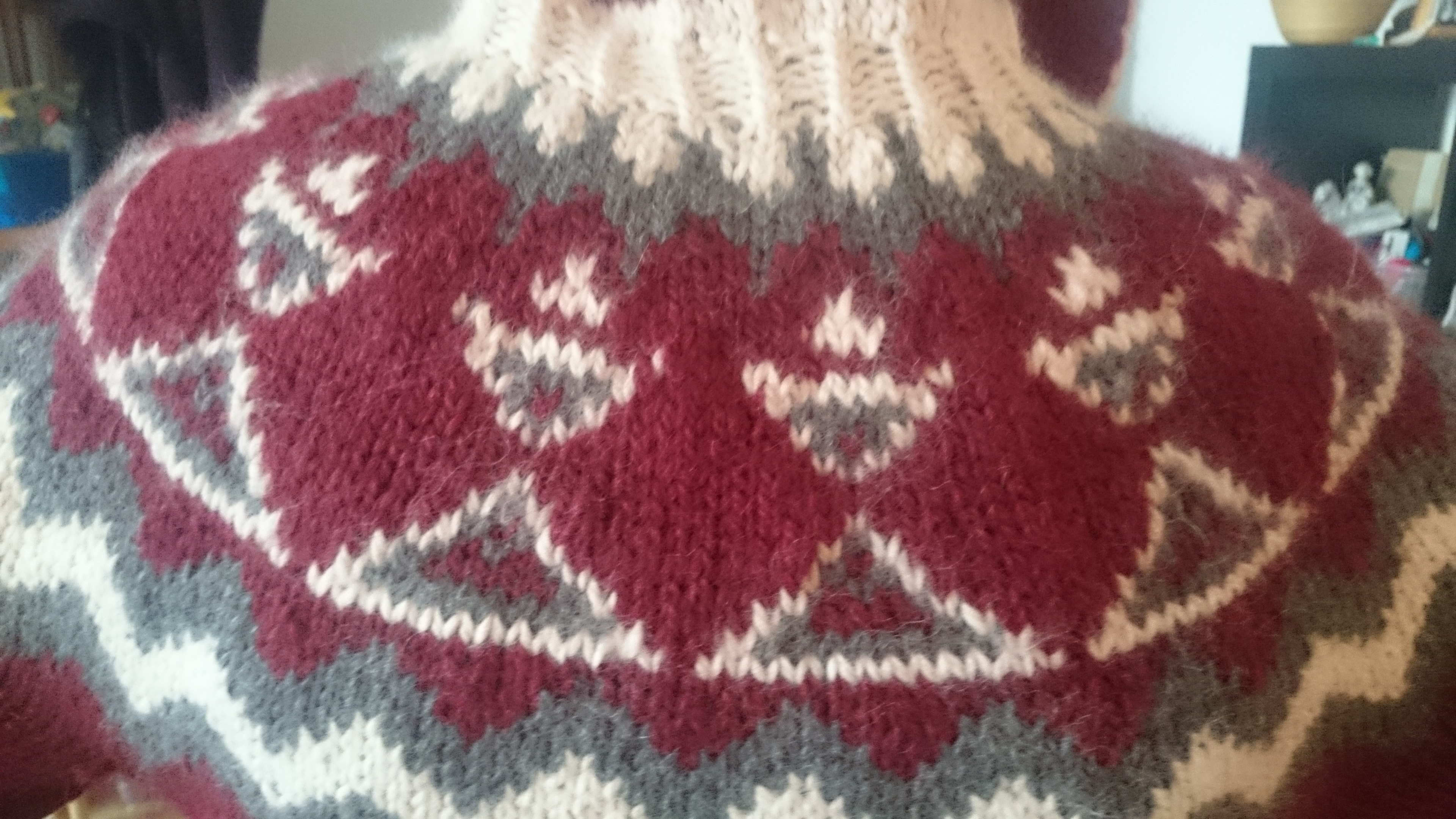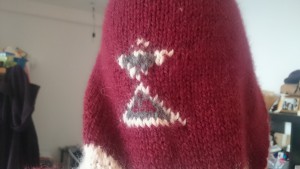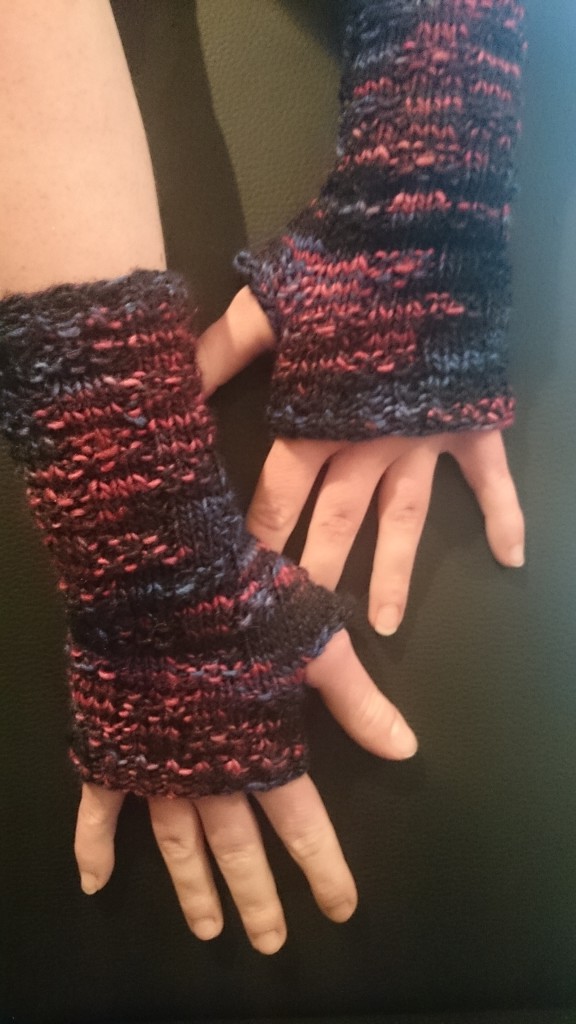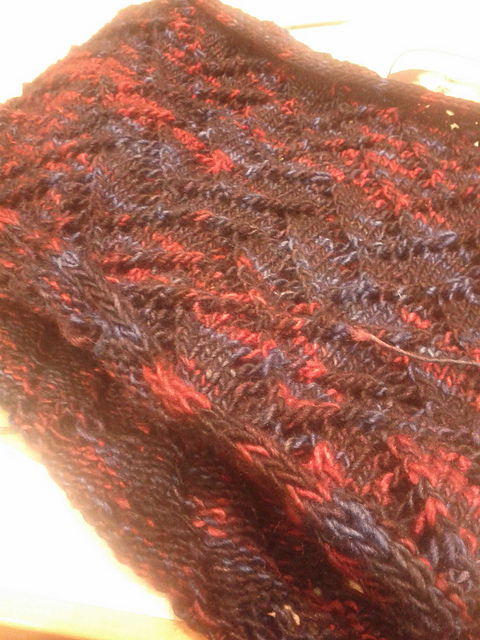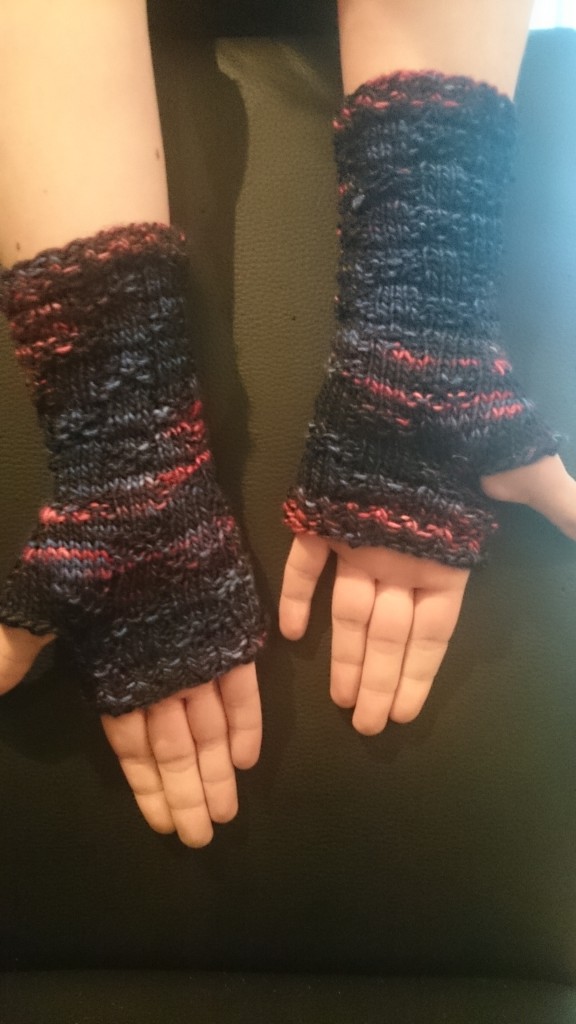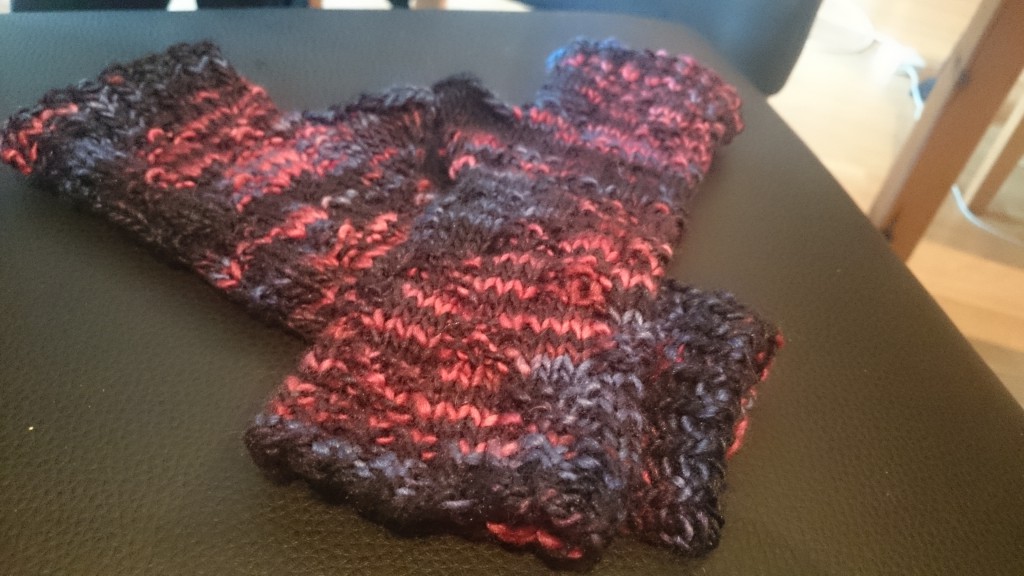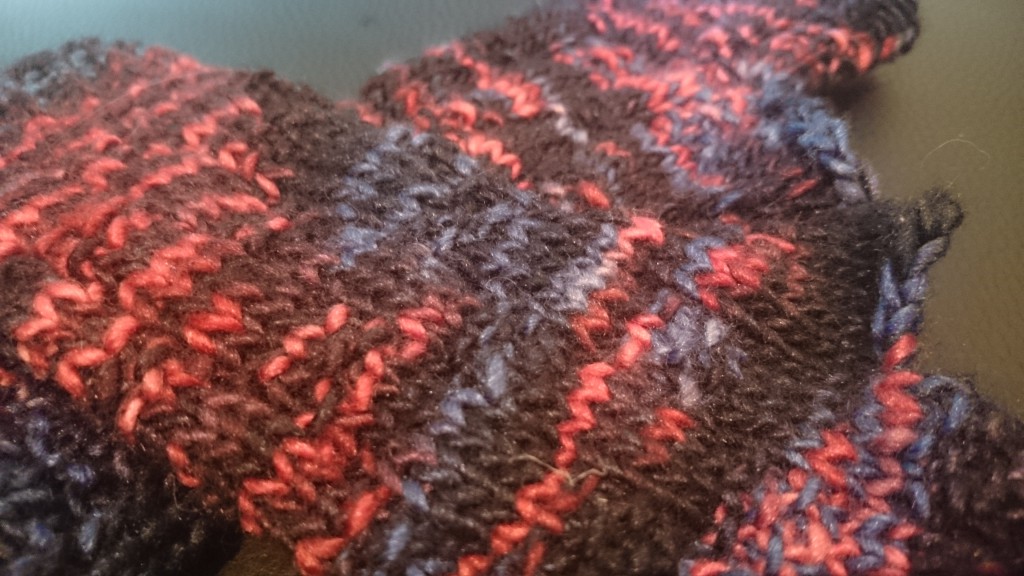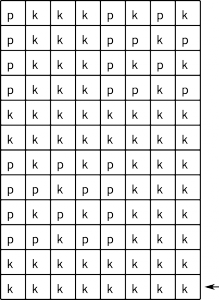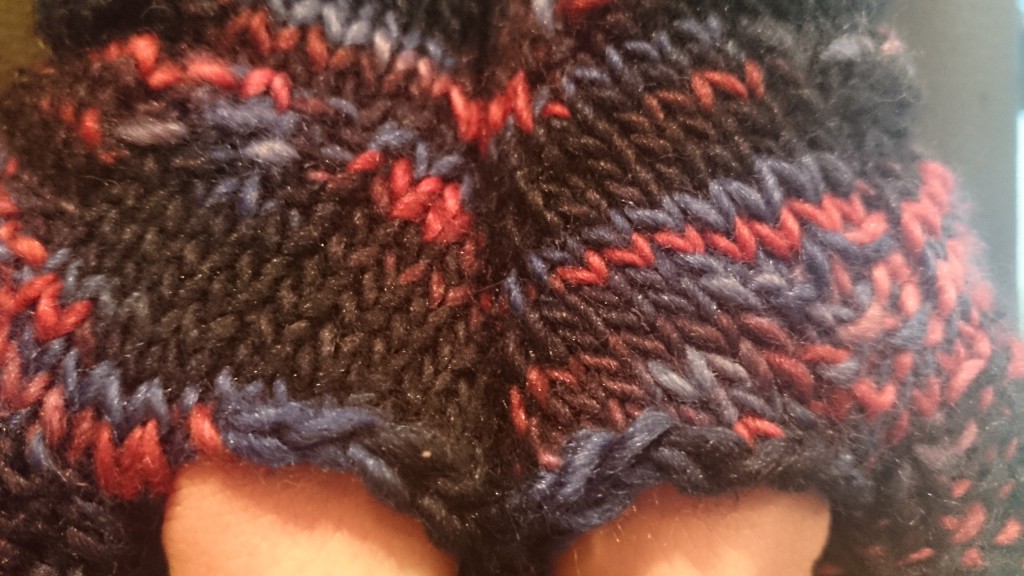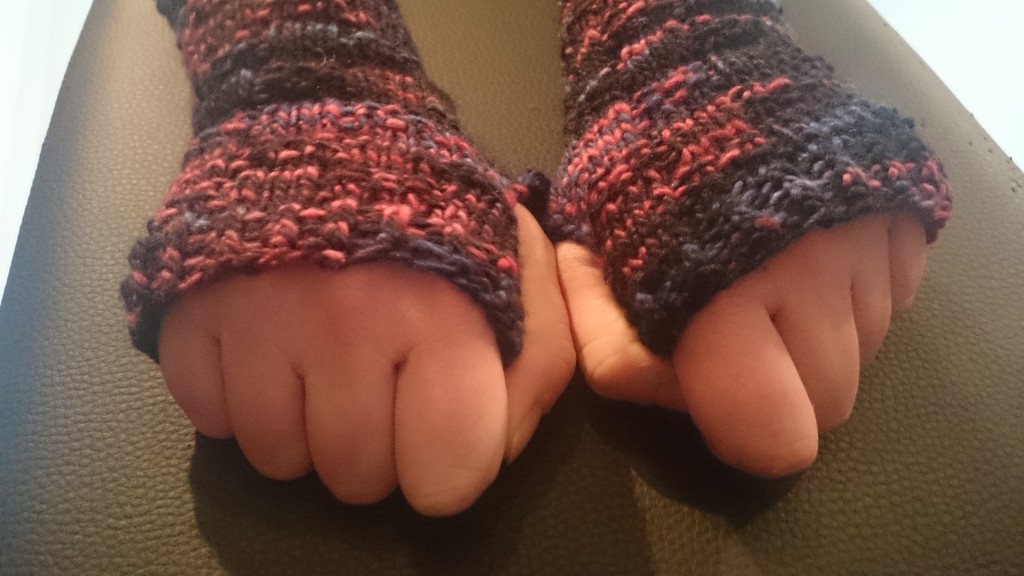At EROC 2017, the European Roller Derby Organizational Conference, at the end of January in Berlin, I had the great pleasure to attend a workshop talking more generally about announcing. It was held by sMACklemore, an independent announcer, who did little events as tournament head announcer such as the Men’s World Cup in Calgary 2016 and is also one of the hosts of the ‘Talk Derby to Me’ podcast series. With kind permission, I share my notes of the session here. There are three parts to it: Why Announcing?, Important Stuff for Announcers and Important Stuff for Leagues. But since both interested leagues and announcers should know about the other side as well, here you have it as one big giant post. Sometimes you’ll see a Leagues in the Announcers section, which means, this was related to something important for announcers, but Leagues should consider that in their bout preparation.
Why Announcing?
What people hear is more easily retained than what they see. The background medium of announcing (think of radio working in a similar way) makes a game memorable.
Just winning games is not enough to grow your league and the professionalism.
Important Stuff for Announcers
What do you even do?
- Inform the audience
- Educate the crowd
- Promote upcoming events
- Entertain the crowd
- Promote sponsors
- Make people want to come back for more games
- Sell merchandise (by mentioning it; Leagues: a ready list for announcers is handy)
- Give out contact details of the league, Facebook etc.
- Sell the sport, the drama and the enthusiasm
Keep in mind:
The first few jams you explain EVERYTHING. There is a really good chance, that there are quite a few people in the audience who have absolutely no idea what is going on. Having them in on the fun within a couple of jams is essential. However, don’t bother talking too much before the game starts. Nobody will listen to it really anyway, but if you test the PA, do so potentially engagingly without expecting too much.
It’s really important to create an emotional connection with your audience. You want to make derby desirable to grow your fanbase. And that means, as an announcer, you need to be passionate as well. Hence, (Leagues) it’s important that there is an emotional connection between announcers & league, that is fostered and upheld.
The sport is highly complex and fast paced. And there is a whole lot of visual, auditory, and, let’s face it, olfactory input. This means, that a background explanation is essential for the audience to make sense of all that.
When the crowd is pumped up and loud, let them be invested in themselves. People should leave on a high at every game.
You can excite people by upping tempo, tone and speed. Particular words are not essential to carry over excitement.
You don’t need to be super knowledgable about the sport to start announcing, but you need to be able to get excited about it.
Important Stuff for Leagues
Invest in your announcers! Usually they don’t want to have much, but at least give them food and water. If you can, consider reimbursing travel costs and if required, host them!
How to recruit announcers?
- local, community radio stations
- Media/broadcasting students at local colleges or universities
- Local podcasters
- Public speakers (teachers, lecturers)
- Auction houses
- Other sporting commentators
- Local celebrities
How to develop announcers in your league?
Bring announcers to away games as well. Especially in international games, that encourages fans to join you on your trip as they can be ensured that they will understand something in their language.
Include them in trainings and scrimmages, where you potentially also offer them a small audience, e.g., friends and family, for practice. Provide a mentor, even if you don’t have any other announcers. It can be any member of the league (well, maybe not a completely new one who’s still figuring things out for themselves). And let them grow! Give them opportunities for feedback from peers, by inviting other announcers and encourage self learning. Invite them in footage watching sessions where they can listen to the game.
How to grow that sweet sweet emotional connection with your league?
Involve them as members of the league. This includes committee work, but also visibility: promote them on your social media. Show that you trust in them and want to invest in their skills by sending them to other leagues, tournaments and/or learning camps (such as EROC, Rollercon or EuroDerbyCon). Alternatively, you can always invite others and host your own. This is only beneficial for your now growing army of announcers.
Hi, I’m Tinker Bull, Bench Coach of the Vienna Beasts, the B-Team of Vienna Roller Derby. Under the name Extermikate, I’m also a roller derby official (skating and non-skating).

